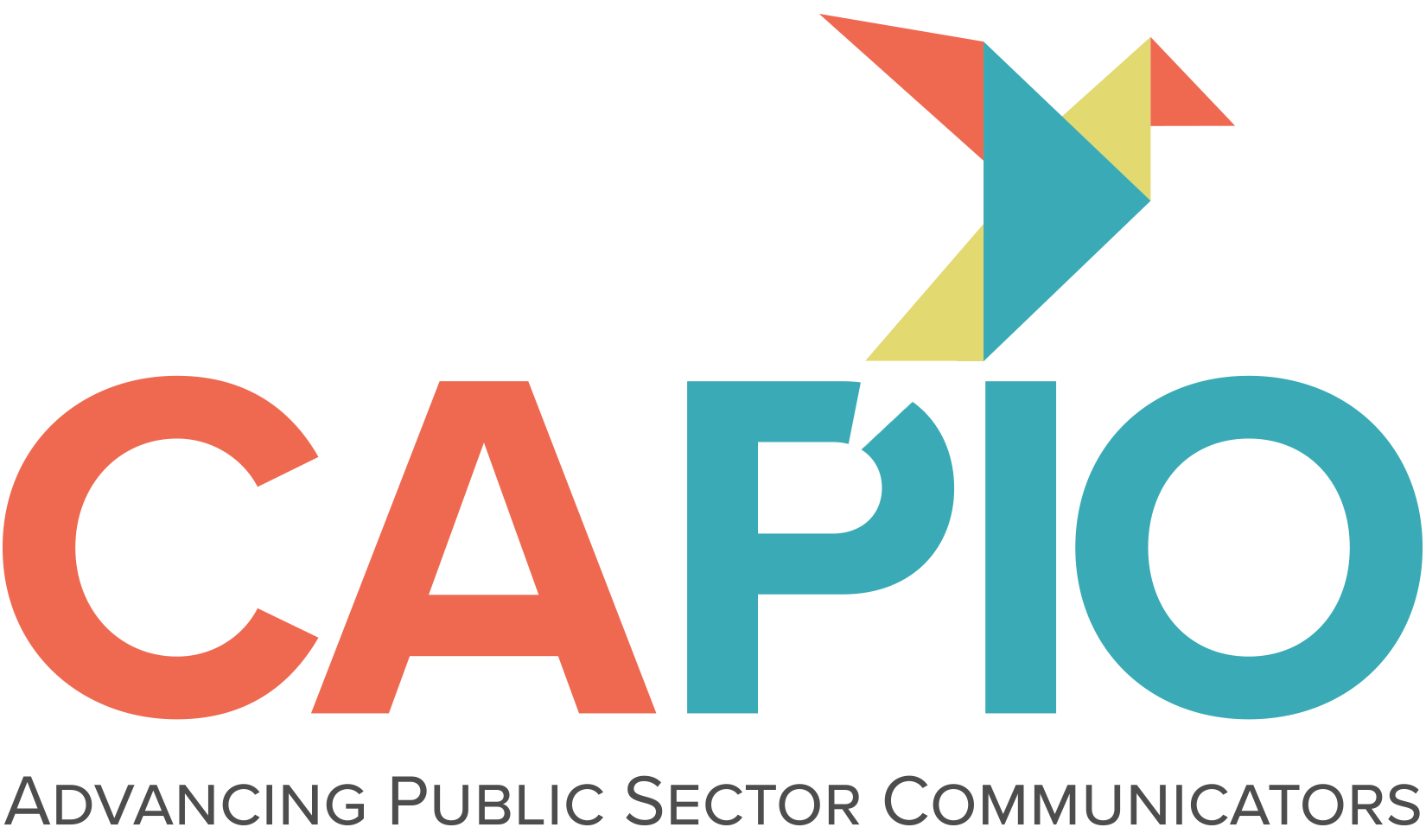Interview tips to effectively deliver your agency’s message
By Sheri Benninghoven, APR and Scott Summerfield, Principals, SAE
Communications
Each year, CAPIO offers one-on-one media interview training sessions for members. We use the tips below during the training to help you effectively deliver your agency’s messages in on-site and virtual interviews.
- Pause before you start your answer – it’s the most valuable time you have in the interview to think before you speak
- Use notes frequently – include only a few words or phrases on a messaging worksheet that will remind you of the messages you want to deliver, and look at them during the pause
- If your answer isn’t ideal, ask reporter to repeat it or indicate you want to start your answer over – reporters will nearly always honor your request for a re-do
- Use repetition strategically – repeat your messages frequently to ensure the one answer that is used in the story will include your message, and start each answer with your agency name in on-site interviews
- Small things matter during a broadcast interview – facial expression, eye contact, vocal speed, volume, and attire all combine to enhance (or detract) from your credibility
- Use natural hand gestures – just make sure they don’t block your face or refer to an off-camera location
- For a television broadcast interview, your stance should be comfortable – you’ll be more confident and better able to focus on your messages
- Give Web URLs, phone numbers, Twitter handles, etc. to reporter before interview and ask to post on website for broadcast or as a separate copy block for print/online – it’s more effective to deliver this content visually vs. verbally
- Have a final answer ready – leave the audience with your most important message
A few notes on virtual interviews
- Lighting, audio, background – we’re now almost a year into virtual interviews, and these three areas are the most frequent roadblocks to a professional on-camera appearance
- Align reporter under camera and position camera at eye-level – this matches your image with the reporter’s and dramatically improves eye contact
- Situational awareness – things can happen in the background or nearby, so avoid headphones/pods in both ears and consistently check your own image



